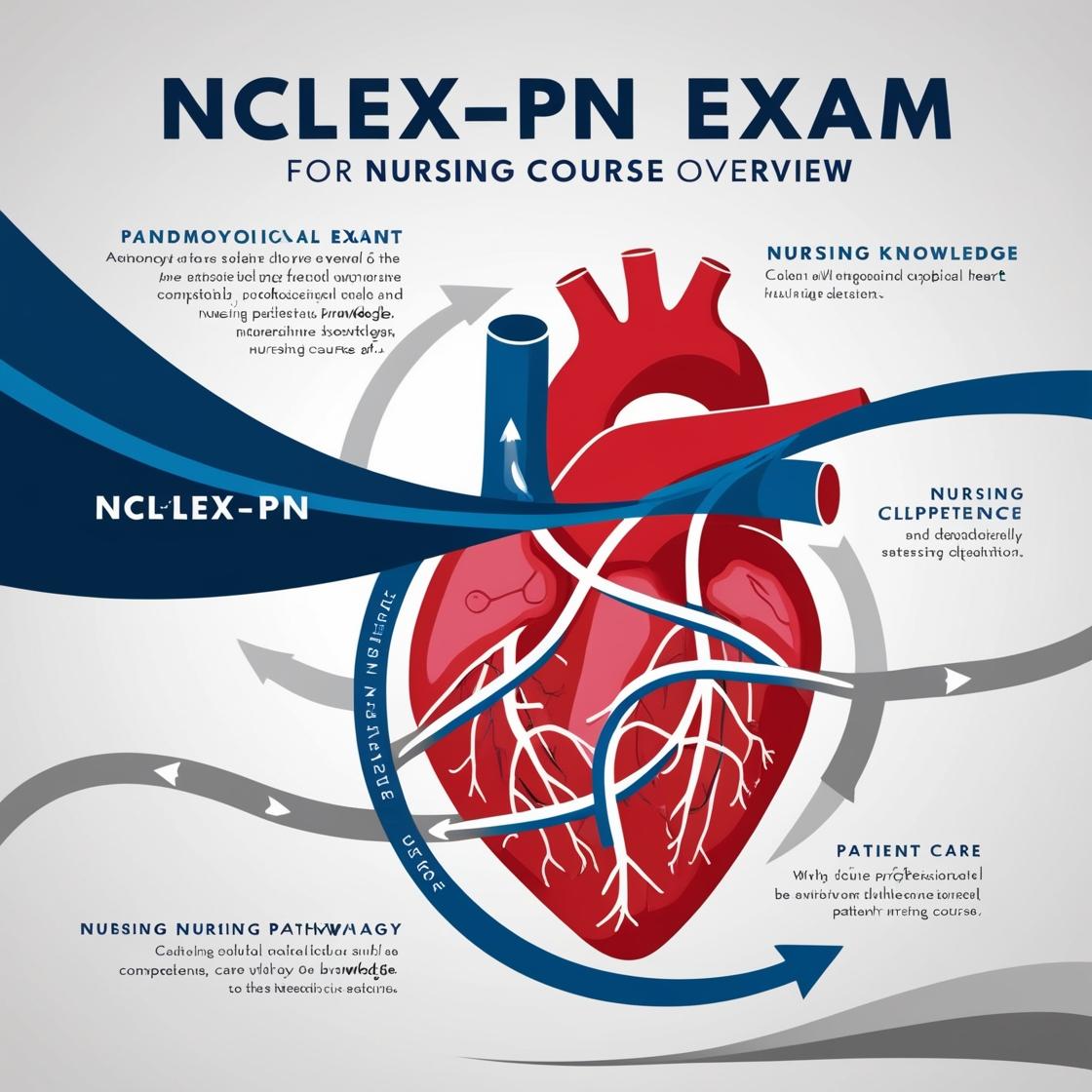NCLEX-PN
Health Promotion and Maintenance NCLEX PN Questions
1. Which of these medications is least likely to cause tinnitus?
- A. Aspirin
- B. Lasix
- C. Gentamicin
- D. Fluoxetine
Correct answer: D
Rationale: The correct answer is Fluoxetine. Among the options provided, Fluoxetine is the medication least likely to cause tinnitus. Gentamicin, Lasix, and Aspirin are known ototoxic medications that have a potential side effect of causing tinnitus, a ringing in the ear. Gentamicin is an antibiotic, Lasix is a diuretic, and Aspirin is a common pain reliever that can lead to tinnitus. In contrast, Fluoxetine is a selective serotonin reuptake inhibitor (SSRI) primarily used as an antidepressant, and it has a lower risk of causing tinnitus compared to the other options.
2. The nurse is caring for a client who has dysphagia related to a stroke. The nurse works with the client to explain what food and beverages might minimize aspiration. What is this an example of?
- A. Health promotion
- B. Secondary prevention
- C. Tertiary prevention
- D. Primary prevention
Correct answer: B
Rationale: The nurse working with the client to explain what food and beverages might minimize aspiration is an example of secondary prevention. Secondary prevention involves early detection and intervention to prevent complications or worsening of a condition. In this case, the nurse is helping to prevent aspiration pneumonia by providing education and guidance on safe eating and drinking practices after the client has already experienced dysphagia due to a stroke. Choice A, health promotion, focuses on empowering individuals to adopt healthy behaviors to improve overall well-being and prevent illness. It is more about promoting general health rather than specific interventions related to a particular condition like dysphagia. Choice C, tertiary prevention, involves managing and rehabilitating a condition to prevent further complications or disabilities. In this scenario, the nurse is not yet addressing complications but rather actively preventing them. Choice D, primary prevention, aims to prevent the onset of a disease or condition before it occurs. The client in this case already has dysphagia, so the focus is on preventing further complications, making it a secondary prevention intervention.
3. An allergic reaction is classified as what type of pharmacological effect?
- A. a therapeutic effect
- B. a side effect
- C. an adverse effect
- D. an incompatibility
Correct answer: C
Rationale: An allergic reaction is classified as an adverse effect because it is an unintended response to a medication that requires treatment. A side effect is an undesired but somewhat expected reaction to a drug that does not necessarily need intervention. Incompatibility refers to an unsuitable combination of substances that leads to an adverse effect. A therapeutic effect is the desired and intended outcome of a medication.
4. Which of the following statements is correct about Maslow's hierarchy of needs?
- A. There are psychosocial interventions that may be applicable to all of the levels.
- B. There are physical interventions that may be applicable to all of the levels.
- C. Two of the levels may require physical intervention while four of the levels may require psychosocial intervention.
- D. Four of the levels may require physical intervention, while two of the levels may require psychosocial intervention.
Correct answer: C
Rationale: The correct statement about Maslow's hierarchy of needs is that two of the levels may require physical intervention while four of the levels may require psychosocial intervention. Maslow's theory suggests that physiological and safety needs are more basic and may require physical interventions, while social, esteem, and self-actualization needs are more psychosocial. Choices A and B are incorrect as they wrongly suggest that all levels may require only one type of intervention. Choice D is incorrect because it inaccurately represents the balance of physical and psychosocial interventions in Maslow's hierarchy of needs.
5. Which of the following strategies should the nurse include when planning care for children of migrant workers?
- A. Delay immunizations due to acute illness.
- B. Provide parents with copies of medical records.
- C. Offer preventive services during acute illness visits.
- D. Emphasize the importance of having one primary care provider.
Correct answer: B
Rationale: When planning care for children of migrant workers, providing parents with copies of medical records is essential. This helps ensure continuity of care, especially as migrant families may move frequently. Immunizations should not be delayed due to acute illness; preventive care, including immunizations, should be provided even during acute illness visits to ensure the child stays up to date. While it is important to offer preventive services during routine visits, it is not ideal to provide them only during acute illness visits. Emphasizing the importance of having one primary care provider is valuable in healthcare, but it may not be feasible for migrant families due to their mobility.
Similar Questions

Access More Features
NCLEX PN Basic
$69.99/ 30 days
- 5,000 Questions with answers
- Comprehensive NCLEX coverage
- 30 days access @ $69.99
NCLEX PN Premium
$149.99/ 90 days
- 5,000 Questions with answers
- Comprehensive NCLEX coverage
- 30 days access @ $149.99
